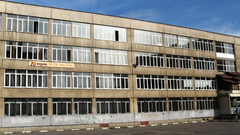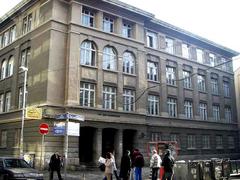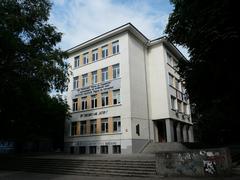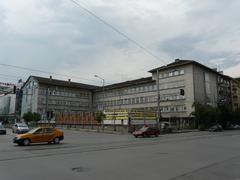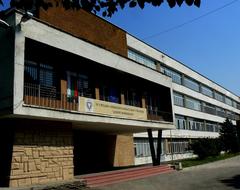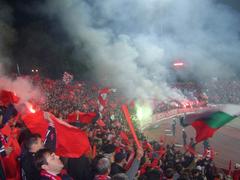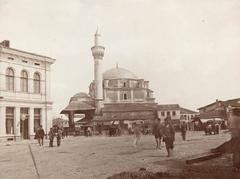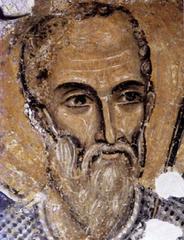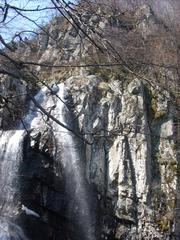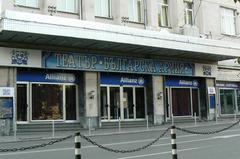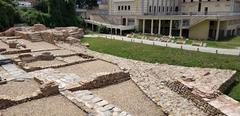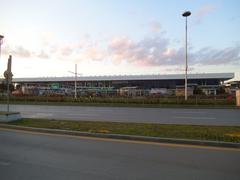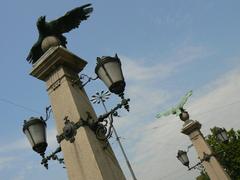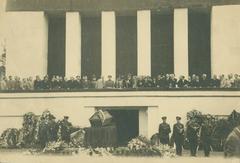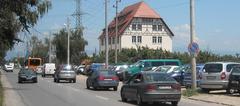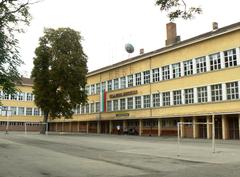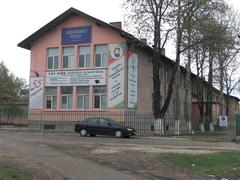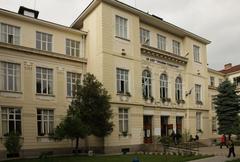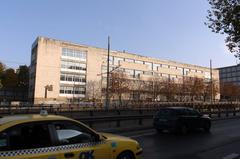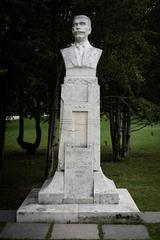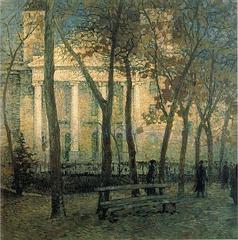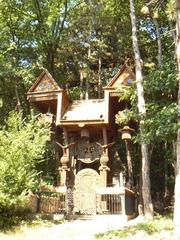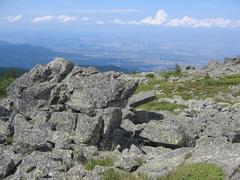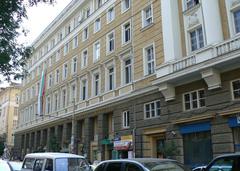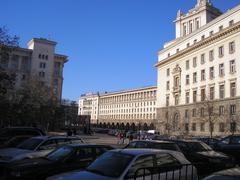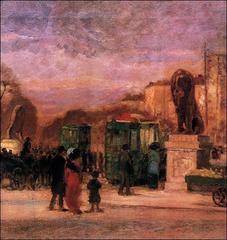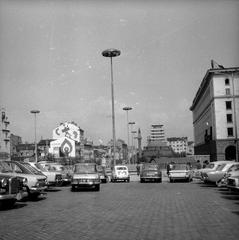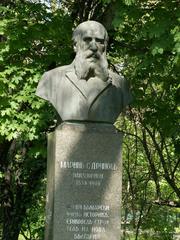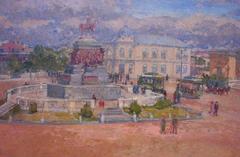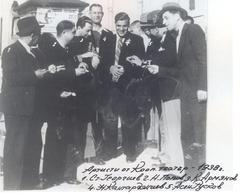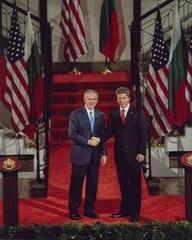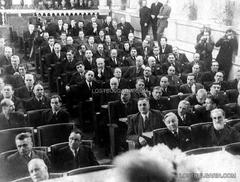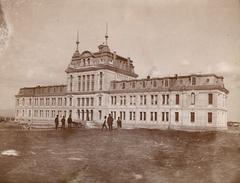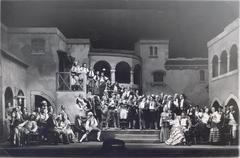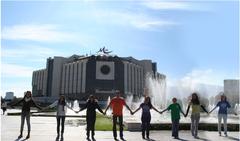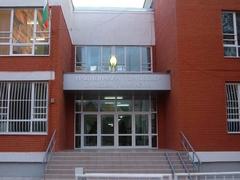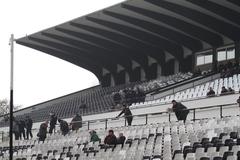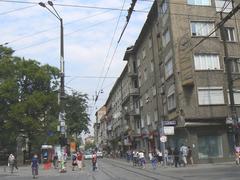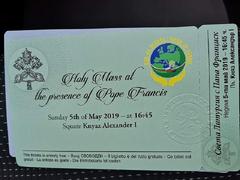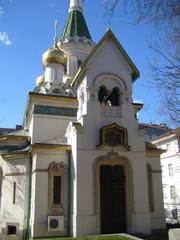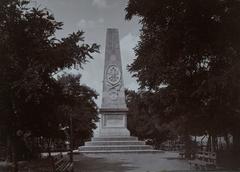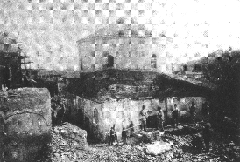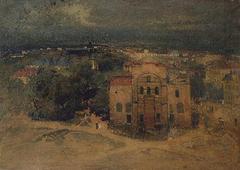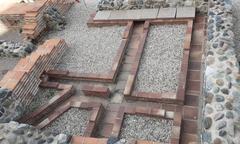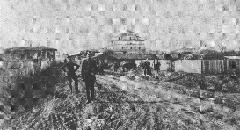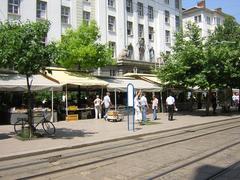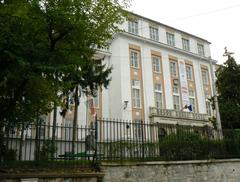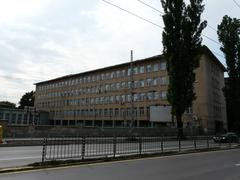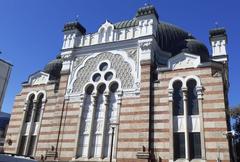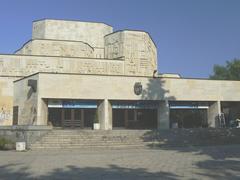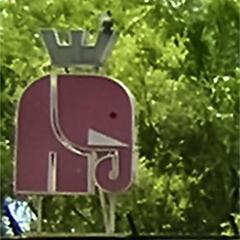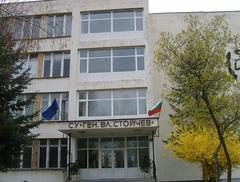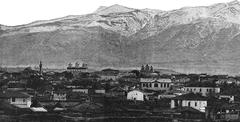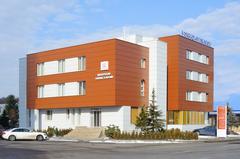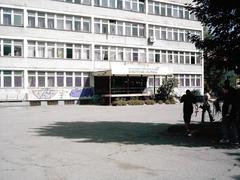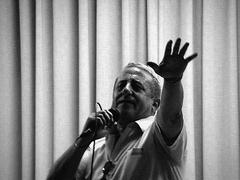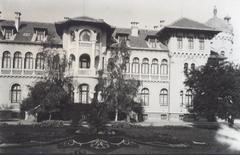Central Sofia Cemetery: Visiting Hours, Tickets, and Historical Sites Guide
Date: 14/06/2025
Introduction: Central Sofia Cemetery’s Historical and Cultural Importance
Central Sofia Cemetery (Tsentralni Sofiyski Grobishta, Централни софийски гробища) stands as Bulgaria’s largest and most historically significant burial ground. Established in the late 19th century, it not only serves as Sofia’s principal cemetery but also as a profound reflection of Bulgaria’s multicultural heritage and evolving social fabric. Its grounds host the graves of national heroes, artists, intellectuals, and soldiers from various nations, encapsulating stories of Bulgaria’s past and its rich diversity. Architectural styles range from Orthodox iconography and Armenian khachkars to Jewish tombstones and Ottoman-era mausoleums, providing insight into the religious and artistic traditions spanning over a century.
This guide provides essential practical information for visitors, including up-to-date visiting hours, ticketing, accessibility, and transport options, as well as highlights of the cemetery’s most notable features and historical context. Whether you come to pay respects, admire funerary art, or deepen your understanding of Bulgaria’s history, Central Sofia Cemetery offers a unique and solemn experience in Sofia.
For official visitor information, guided tours, and event updates, consult the Sofia Municipality website and cultural resources like Bulgaria Focus and about-sofia.com. For guided audio tours and on-site navigation, the Audiala app is highly recommended.
Contents
- Introduction
- Visiting Central Sofia Cemetery: Practical Information
- Visiting Hours and Tickets
- Accessibility & Facilities
- How to Get There
- Guided Tours & Special Events
- Visitor Etiquette & Cultural Tips
- Safety & Security
- Historical Overview
- Origins & Establishment
- Multicultural and Multi-Religious Heritage
- Architectural Diversity & Artistic Features
- Military Sections & International Connections
- Notable Features and Points of Interest
- Frequently Asked Questions (FAQs)
- Visual Resources & Nearby Attractions
- Conclusion: Planning Your Visit
- References and Further Reading
Visiting Central Sofia Cemetery: Practical Information
Visiting Hours and Tickets
Central Sofia Cemetery is open to the public year-round:
- Summer (April–October): 7:00 AM – 7:00 PM
- Winter (November–March): 8:00 AM – 5:00 PM
On major Orthodox Christian holidays such as All Souls’ Day (Zadushnitsa), hours may be extended. Entry is free for all visitors; no tickets are required unless attending special events or private ceremonies.
Accessibility & Facilities
The cemetery features paved main paths suitable for wheelchairs and strollers, though some older sections may be uneven. Public restrooms are available near the main entrance. The administrative office provides assistance in finding specific graves and answers to visitor queries; while staff primarily speak Bulgarian, basic English is often understood.
There are several chapels (Orthodox, Catholic, Armenian) open to visitors when services are not in progress. Service animals are permitted, but pets are otherwise not allowed. There are no cafés inside, but kiosks outside the main gate sell flowers, candles, and refreshments.
How to Get There
Central Sofia Cemetery is located at 15 Iskarsko Shose Blvd., northeast Sofia. It is accessible by several modes of transport:
- Metro: Iskarsko Shose station is a 10-minute walk from the entrance.
- Tram: Lines 20 and 23 serve the area.
- Bus: Lines 78, 79, 84, and 184 stop nearby.
- Car/Taxi: Limited parking is available; taxis can drop off at the main gate.
During major holidays, use public transport due to limited parking.
Guided Tours & Special Events
Guided tours are available through local organizations and occasionally via the Sofia Municipality. These tours provide in-depth narratives about the cemetery’s history, notable graves, and unique architecture. On Orthodox memorial days like Zadushnitsa, special ceremonies and commemorations attract many visitors.
Photography is permitted in most outdoor areas, but always be respectful of private ceremonies and check for signage regarding restrictions, particularly in military or foreign war grave sections (ww1cemeteries.com).
Historical Overview
Origins & Establishment
Founded in 1888, Central Sofia Cemetery was created to accommodate Sofia’s expanding population and its diverse religious communities. Its development coincided with Bulgaria’s transition from Ottoman rule to a modern European state. The cemetery’s layout, with distinct sections for different faith groups, was progressive for its time and reflects the city’s pluralistic identity (bulgariafocus.com).
Multicultural and Multi-Religious Heritage
The cemetery is divided into sections for Bulgarian Orthodox, Catholic, Armenian, Jewish, Muslim, and military burials, each marked by their own architectural and ritual traditions:
- Orthodox: The largest section, with chapels and graves of national figures.
- Catholic & Armenian: Featuring neo-Gothic and khachkar monuments.
- Jewish: Marked by Stars of David, Hebrew inscriptions, and Holocaust memorials.
- Muslim: Simple headstones oriented toward Mecca, reflecting Ottoman heritage.
- Military: Dedicated plots for German, Russian, British, Serbian, Romanian, and Italian soldiers.
Architectural Diversity & Artistic Features
Central Sofia Cemetery is an open-air museum, with mausoleums, gravestones, and memorials representing a broad spectrum of styles—from Byzantine and Art Nouveau to Soviet-era socialist realism. The open basilica-columbarium is a unique feature inspired by Roman burial architecture (about-sofia.com). Artistic gravestones, religious symbols, and personal mementos abound, offering insight into the beliefs and social status of those interred.
Military Sections & International Connections
Military plots honor soldiers from both world wars, with the Sofia War Cemetery maintained by the Commonwealth War Graves Commission (ww1cemeteries.com). These sections highlight Bulgaria’s role in European conflicts and its international connections.
Notable Features and Points of Interest
- Graves of National Figures: Politicians, revolutionaries, writers, and artists.
- Military Memorials: German, British, Serbian, and other war graves.
- Open Basilica-Columbarium: A modern interpretation of ancient Roman burial practices.
- Religious Chapels: Serving Orthodox, Catholic, and Armenian communities.
- Unique Gravestone Art: Including Orthodox iconography, Armenian khachkars, Jewish symbols, and more.
Maps at the main entrance and administrative office can help locate specific graves and sections.
Visitor Etiquette & Cultural Tips
- Dress Modestly: Cover shoulders and knees, especially in chapels.
- Maintain Quiet: Respect the solemnity of the site, particularly during funerals.
- Photography: Allowed outdoors, but avoid photographing mourners or ceremonies.
- Candles & Flowers: Commonly left as tribute, especially during Orthodox memorial days.
- No Littering: Use bins provided; preserve the tranquility of the grounds.
- Pets: Only service animals are allowed.
Safety & Security
The cemetery is safe during visiting hours with regular security patrols. Gates are locked outside opening hours. Remain on marked paths, especially in older sections, to avoid uneven terrain.
Frequently Asked Questions (FAQs)
Q: What are the visiting hours?
A: Summer: 7:00 AM – 7:00 PM; Winter: 8:00 AM – 5:00 PM.
Q: Is there an entrance fee?
A: No, entry is free.
Q: Are guided tours available?
A: Yes, contact the administrative office or check the Sofia Municipality website.
Q: Is photography allowed?
A: Yes, except during ceremonies or in restricted sections.
Q: Are pets allowed?
A: Only service animals.
Q: How do I get there?
A: By metro, tram, bus, taxi, or car (see “How to Get There” above).
Visual Resources & Nearby Attractions
- Images: The Sofia Municipality website features maps and photographs.
- Nearby Attractions: Consider visiting the National Museum of History, Boyana Church (UNESCO World Heritage), and Vitosha Boulevard for shopping and dining.
- Virtual Tours: Occasionally available via official tourism portals.
Conclusion: Planning Your Visit
Central Sofia Cemetery offers a unique opportunity to engage with Bulgaria’s layered history, religious diversity, and national memory. Its multi-faith sections, eclectic architecture, and commemorative monuments create an open-air museum that reflects Sofia’s evolving identity. For the best experience, plan ahead using official resources, attend guided tours for deeper insights, and observe respectful conduct throughout your visit.
To enhance your experience, download the Audiala app for guided tours and real-time updates. For more information on Sofia’s historical sites, see our related articles and follow us on social media for new guides and event news.
